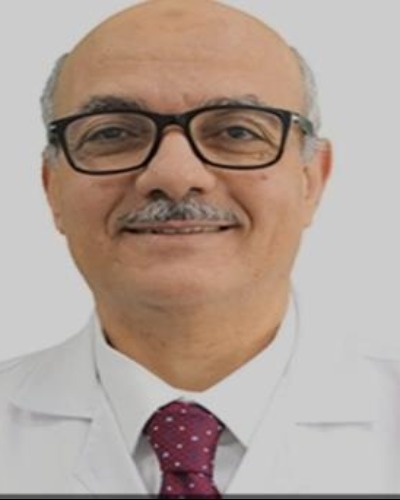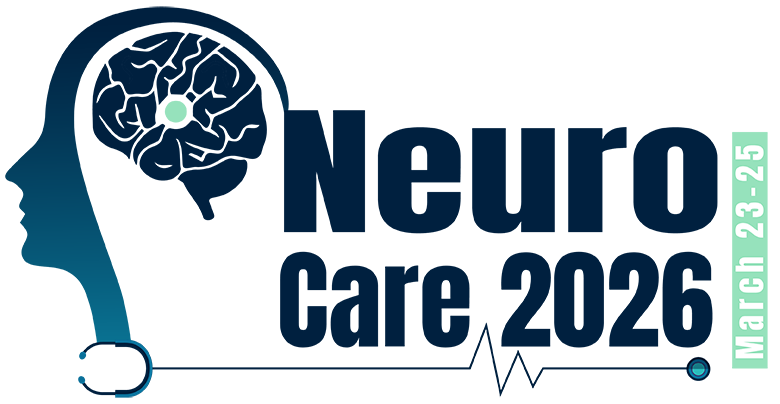
Abstract:
INTRODUCTION: The brain is the least organ monitored during surgery, especially cardiac surgery. Perioperative brain injury frequently occurs especially during cardiac surgery, and the use of one or more brain monitoring tools may help in early detection of brain injury, which allows early intervention for better patient outcomes. Several brain monitoring techniques (Jugular bulb oximetry, Transcranial Doppler Sonography (TCD), Near-infrared spectroscopy (NIRS), Electroencephalography (EEG), BiSpectral index (BIS) are in use during cardiac surgery.
This educational talk aims to explain the usefulness of these monitors in perioperative period during cardiac surgery, their limitations, and benefits of integrating more than one monitor on clinical decisions [1-3].
METHODS: PubMed, CINAHL and Scopus search was done for peer-reviewed articles using one or more brain monitors during cardiac surgery and its impact on patient outcome.
RESULTS: No single monitor can detect different brain changes and insults during the perioperative period. Also, the success of any monitoring modality depends on the correct interpretation of the data considering clinical circumstances, surgery and the planned interventions by the clinician. Prospective randomized controlled studies are required to test the effect of interference based on multimodal brain monitoring on neuro-outcome during cardiac surgery.
CONCLUSION: Multimodal brain monitoring is the hope for the future. It may help in performing Realtime interference for better neurological outcome. It is hoped that different brain monitors, with the advancement of technology, will be incorporated into one machine like hemodynamic monitors, and parameters can be displayed on a single screen. Furthermore, algorithms based on integrated brain monitors with different regular perioperative monitoring modalities that are in use during cardiac surgery should be proposed and tested.
REFERENCE:
1-Shaaban-Ali M, Momeni M, Denault A. J Cardiothorac Vasc Anesth. 2021;35(3):763-779.
2- Denault A, Shaaban-Ali M, Couture EJ, Beaubien-Souligny W, Bouabdallaoui N, Brassard P, Mailhot T, Jacquet-Lagrèze M, Lamarche Y, Deschamps A. J Cardiothorac Vasc Anesth. 2019 Aug;33 Suppl 1:S11-S37.
3- Calderone A, Jarry S, Couture EJ, Brassard P, Beaubien-Souligny W, Momeni M, Liszkowski M, Lamarche Y, Shaaban-Ali M, Matta B, Rochon A, Lebon JS, Ayoub C, Martins MR, Courbe A, Deschamps A, Denault AY. Anesth Analg. 2022 Dec 1;135(6):1304-1314.
Biography:
Professor Dr. Mohamed Shaaban Ali Ahmed is a seasoned Consultant Anesthetist and University Professor with over 30 years of clinical, academic, and research experience. He holds a PhD from the University of Wales and an MD from Assiut University. Dr. Ahmed has provided expert anesthesia care across diverse surgical specialties, authored 45+ scholarly works, and served in leadership roles in both Egypt and Kuwait. He is highly experienced in teaching, research supervision, trauma care, and cardiac anesthesia. With a strong commitment to patient safety, education, and innovation, he continues to contribute significantly to the fields of anesthesia, ICU, and pain management.
Copyright 2024 Mathews International LLC All Rights Reserved
